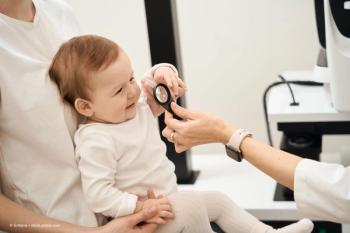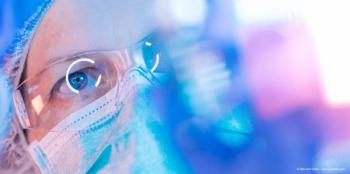
AAO 2024: Retinal structural changes in children with ametropic amblyopia
The investigators conducted a study in which they evaluated the retinal structure in patients with ametropic amblyopia and then correlated it with the final visual acuities achieved after 6 months of follow-up using a multimodal imaging approach.
Yashdeep Das, MBBS, and colleagues evaluated the structures of the
The investigators conducted a study in which they evaluated the retinal structure in patients with ametropic amblyopia and then correlated it with the final visual acuities achieved after 6 months of follow-up using a multimodal imaging approach.
The study included 2 groups: affected children who ranged in age from 6 to 14 years and a control group comprised of individuals who matched the patients in axial length and age.
The multimodal imaging studies included
Das and colleagues reported that they observed both significantly low cone density (P < 0.001) and low vessel density (P < 0.001) in the children with amblyopia. At the 6 month time point, the evaluations showed that the patients with amblyopia had significant improvements in the following parameters, ie, cone density (P = 0.037), choroidal thickness (P =0.014), central macular thickness (P = 0.001), and perfusion density (P = 0.022) and a decrease in cone spacing (P < 0.001).
Based on their study results, the authors concluded that there are significant structural differences in the retinas of patients with amblyopia. Further, these children had significant changes in the vasculomorphologic configuration of the retina.
Reference
Das Y, Saxena R, Phuljhele S, et al. Assessment of Retinal Structural Alterations in Ametropic Amblyopia Cases: A Comprehensive Study. Presented at the 2024 American Academy of Ophthalmology annual meeting, October 18-21, Chicago. Session: Pediatric Ophthalmology, Strabismus PA015
Newsletter
Keep your retina practice on the forefront—subscribe for expert analysis and emerging trends in retinal disease management.















































